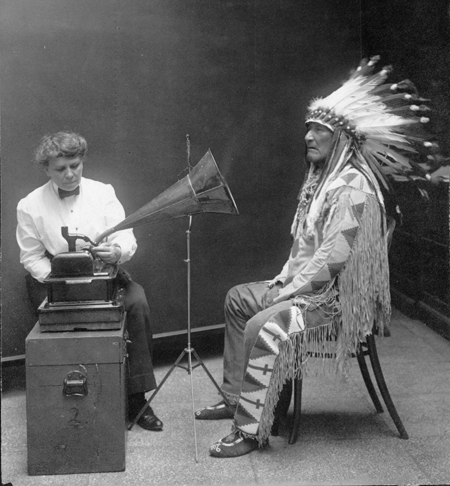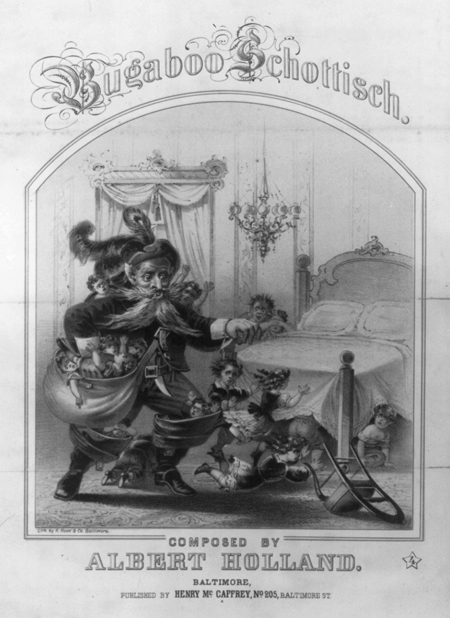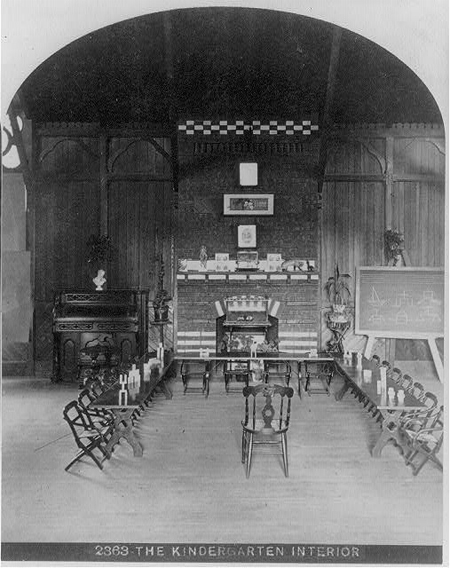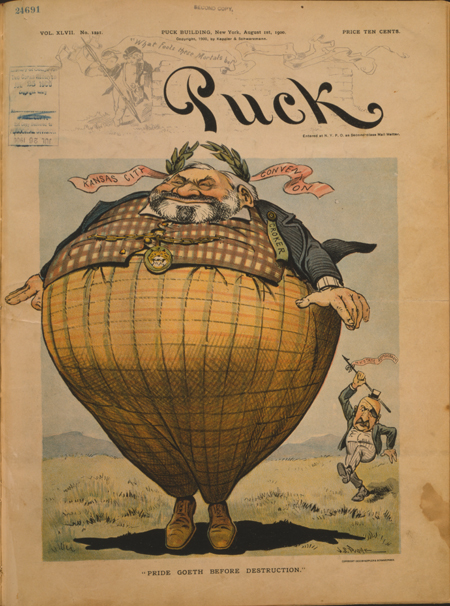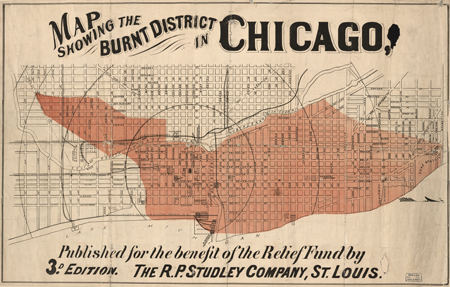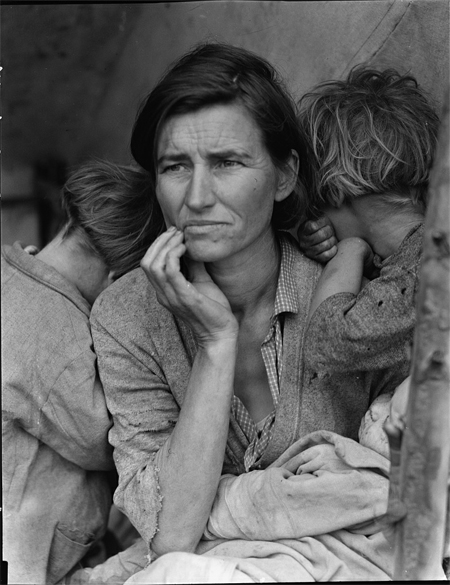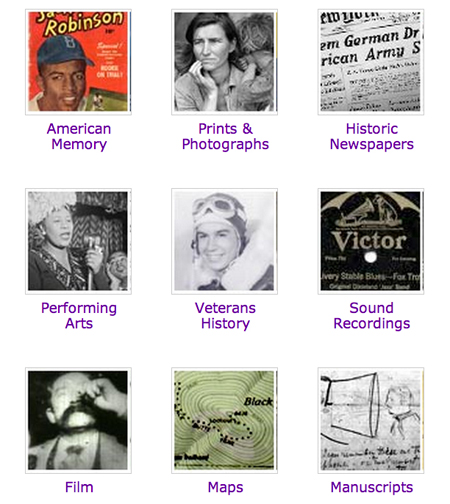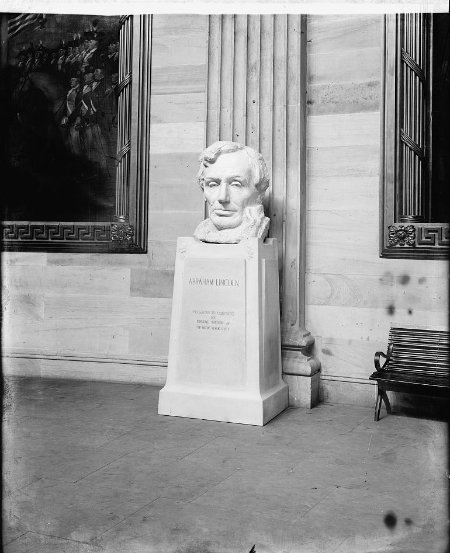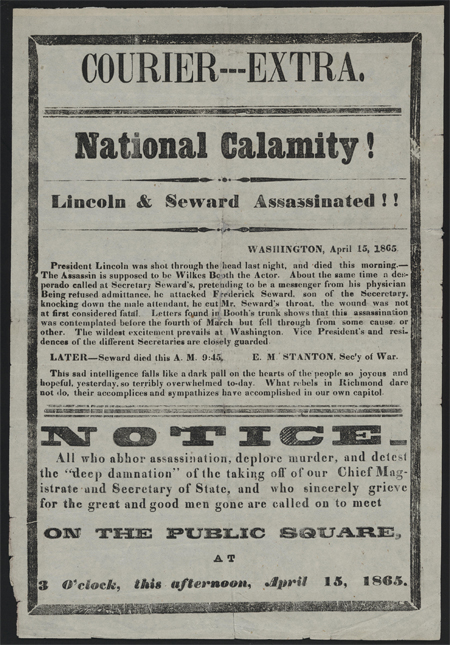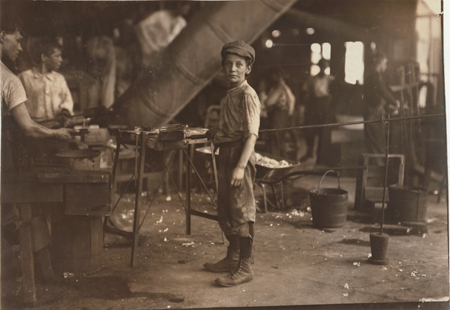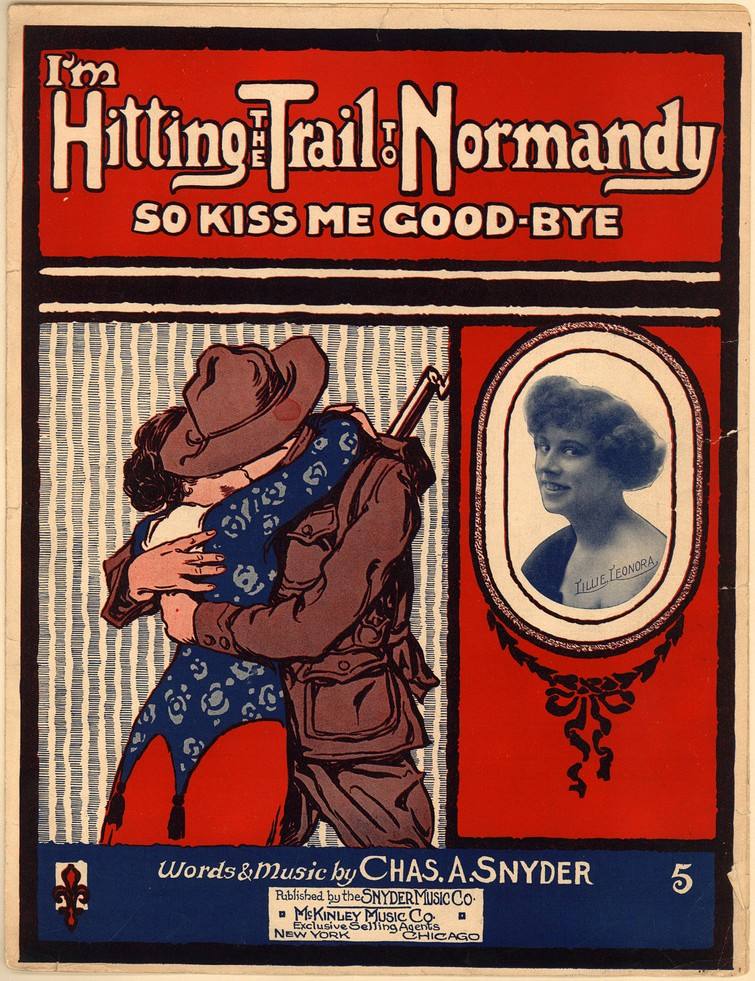Analyzing Primary Sources: Learning from Audio Recordings
Written texts can be very powerful, but add sound and those words gain an extra dimension; just think of the difference between reading a speech and hearing one, particularly one delivered by a talented orator. In addition to speeches, primary source audio recordings include interviews, press conferences, testimonies, advertisements, entertainment broadcasts, and more. The Library…

